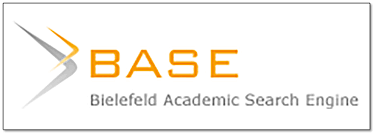Mapping and Monitoring of Satellite-based Livestock waste Management and Internet of Things in Livestock area in Bumiaji, Batu City
DOI:
https://doi.org/10.31763/iota.v4i1.718Keywords:
satellite, internet of things, monitoring, waste, livestock, GPS AccuracyAbstract
Global Positioning System (GPS) and Internet of Things (IoT) technology significantly monitor livestock waste, which is vulnerable to environmental pollution. The potential for livestock waste is relatively high if a good and maximum management process is carried out. The role of GPS is to provide specific data, i.e., latitude and longitude points, where this position is essential to providing detailed data on the status of drainage and livestock waste originating and going to where. GPS data and its Mapping will be displayed on a smartphone's desktop and mobile-based graphic user interface. The role of IoT is to provide data in real-time with data taken from sensors installed in sanitation or drainage in the livestock area in the Bumiaji sub-district, Batu City. Furthermore, the monitoring points are located at several points in the Bumiaji sub-district, consisting of 9 livestock points located in one sub-district as a source or data source that will be sent via IoT devices and displayed on a map using GPS technology in real-time at the research location. The real-time monitoring results can be monitored through data provided by sensors, which will then be executed and handled directly to anticipate environmental pollution.













